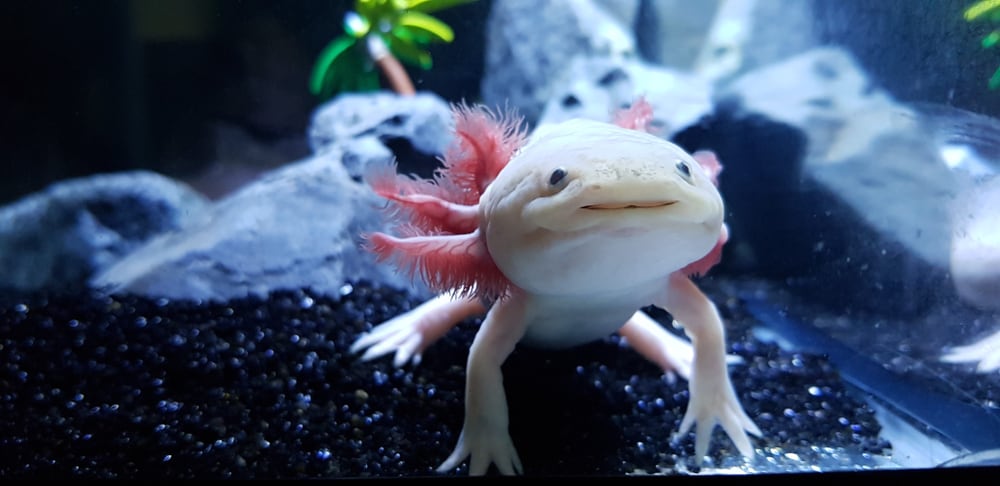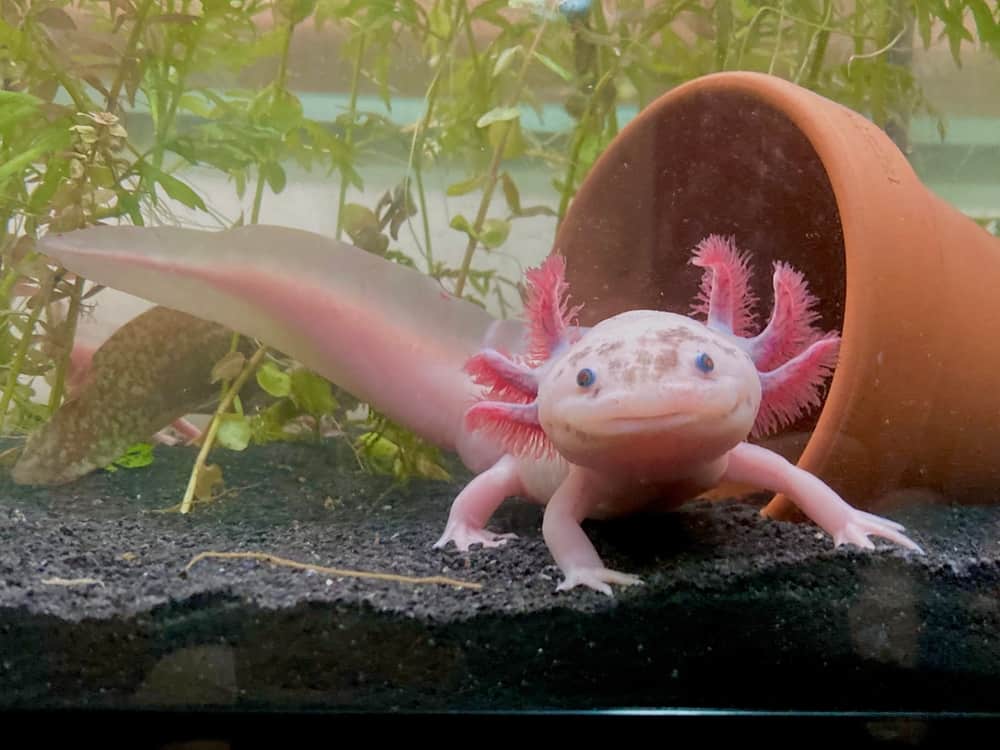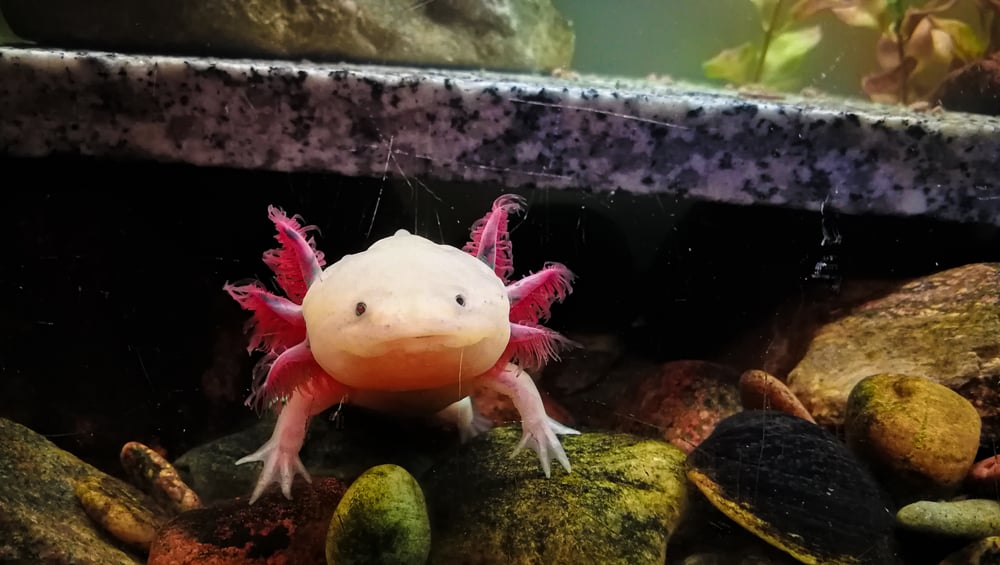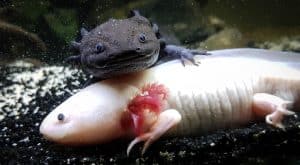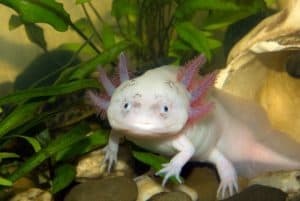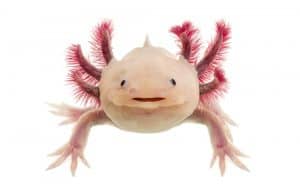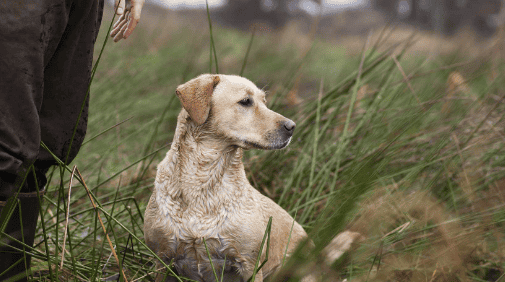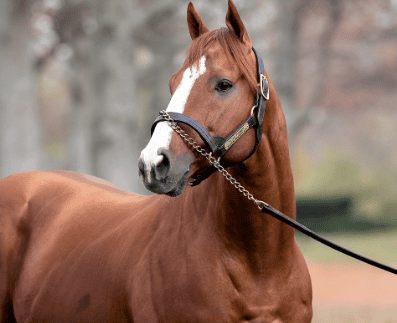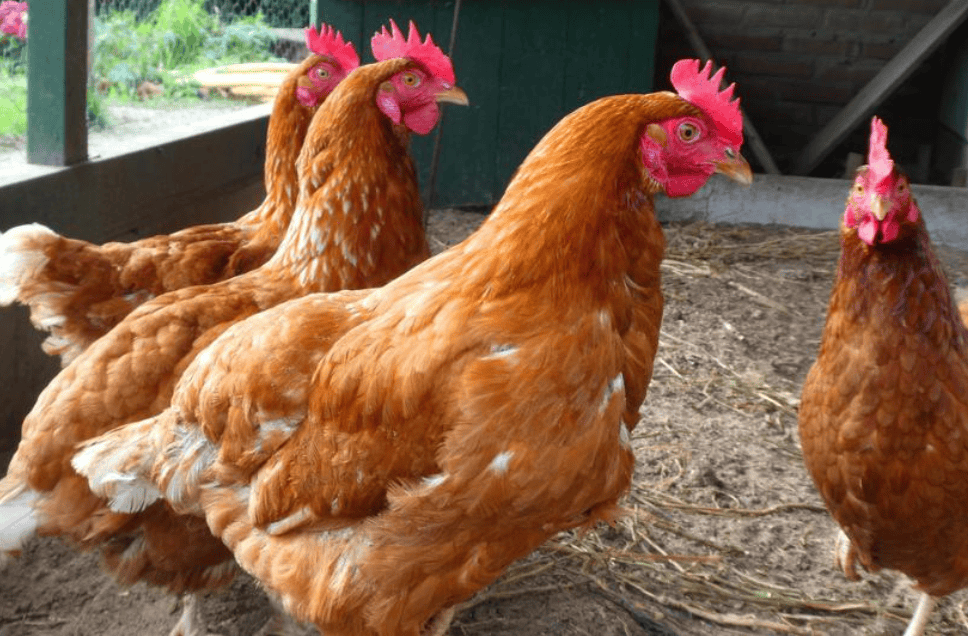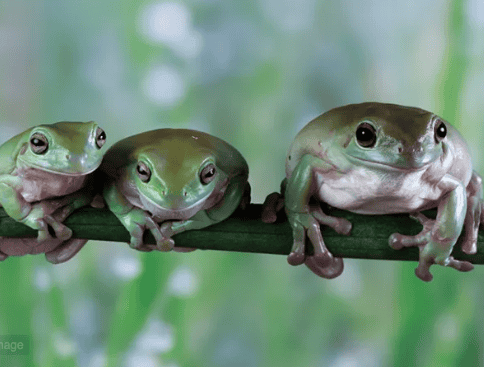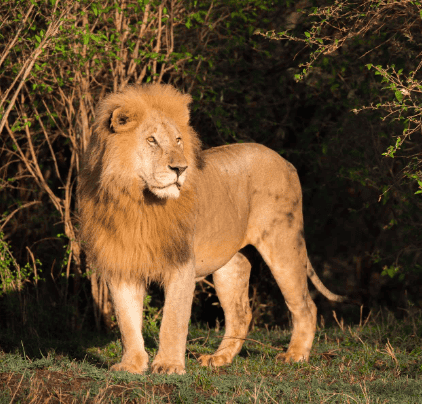Page Contents:
Is it OK to have an Axolotl as a pet?
Cute and unique pets are always high in demand, and the Axolotl is surely within that category.
Though before acquiring an exotic animal such as an Axolotl, you need to understand whether it’s okay to own one.
Some animals come with biological, ethical, or safety concerns that should be considered prior to bringing one into your home.
Before we address these concerns, let’s talk about these pets and what makes them so unique.
What is an Axolotl?
An axolotl is a rare, aquatic amphibian native exclusively to the Xochimilco lakes in Mexico. It is considered by biologists to be an endangered species, with only a few still living in the wild.
Axolotls have four limbs and a tail with light and dark patterns, that give them their lizard-like appearance.
These creatures are known for their adorable faces, with their pleasant facial expressions and beautiful “headdress” gills.
Axolotls also have very strict habitat parameters that must be met by their caregivers.
These include:
- Aquarium design
- Water temperature
- Frequency of water cycling
- Water quality
Axolotls must be kept in long, wide tanks of at least 29 gallons of water per axolotl at the minimum, but larger tanks are recommended if the owner is able.
Substrate, which is rocks or gravel on the bottom of the tank, is not recommended for young axolotls because of a choking risk.
Once an axolotl surpasses 6 inches in length, you may add fine sand at the bottom no larger than 1mm in diameter.
Axolotls enjoy larger rocks and plants in their habitat to hide in and explore.
(Anything that produces bubbles is also great enrichment to their well-being).
Are Axolotls Good Pets?
An Axolotl can make a good pet if the owner provides the proper care. However, they may not be suitable for everyone.
Axolotls are unique creatures that are sought after as pets because of their interesting appearance and behavior. They are fully aquatic salamanders that have the ability to regenerate lost body parts, which is fascinating to many people.
Axolotls have delicate skin and can easily injure themselves or tear their gills on sharp objects or rough tank decor. Care must be taken to provide a safe and suitable tank environment with smooth tank decorations to prevent injury and stress.
The issue is that these creatures require a very specific set of environmental conditions in order to thrive, including a tank with clean, cold, and well-oxygenated water, a suitable substrate, appropriate lighting, and filtration systems.
They also need to be fed a diet of live or frozen foods, such as
- Bloodworms
- Brine shrimp
- Small pieces of specific fish
Can Axolotls harm you?
While some amphibians are potentially dangerous to humans, carrying natural venoms or toxins, axolotls are not.
They do not have teeth and are not aggressive toward humans or other animals.
If you have other pets like dogs or cats, you’ll want to keep them separate from an axolotl as they may attempt to catch and eat it, and it could cause them to choke.
How long do Axolotls live?
In the wild, axolotls live between 5 and 10 years. In captivity, they usually live even longer.
(Up to about 15 years).
If you’re considering an axolotl for a pet, you should be aware of its lifespan so that you can commit to caring for the animal for the remainder of its lifetime.
As with all pets, it’s not a good idea to get an Axolotl if you cannot make this commitment, especially when it comes to non-traditional pet types.
It is already difficult to rehome a cat or dog if a pet owner can no longer care for it. For animals like Axolotls, it is even more difficult to find a new home for them.
Axolotls’ specific living conditions must be recreated in their habitats for their health and safety.
How long can you hold an Axolotl out of water?
You should not hold an axolotl out of the water any longer than necessary, only a few minutes at most to avoid stress on the animal.
While they can extract oxygen from the air and breathe outside of water, they are highly sensitive to changes in temperature.
Regular water testing, partial water changes, and tank cleaning are crucial to maintaining optimal water conditions for your Axolotl’s health and well-being.
Fluctuations in body temperature can cause serious health problems for axolotls, even death. Because of this, they should stay in water at the correct temperature range the vast majority of the time.
How big can Axolotls get?
Adult axolotls grow to be about 9 to 12 inches in length. Some Axolotls have a dwarfism gene, which breeders sometimes bring out purposefully.
Dwarf axolotls only reach about 6 inches in length. Successfully bred dwarf axolotls retain correct body proportions and are known as “minis,” but some dwarfs are disproportional.
Interesting facts about Axolotls
Axolotls are scientifically interesting because of their adaptability and unique qualities, such as the following:
- They possess regenerative capabilities unseen in other species. They can regrow any limb or other body part if they lose it – including crucial organs, like their brain.
- While other amphibians can regenerate tissue, no other animal can do it on the same level as the axolotl.
- This ability, contained in axolotl DNA, is the subject of scientific research for medical uses in humans.
- The word “axolotl” is from a native Mexican language known as Nahuatl which stems from Aztec heritage.
- While English speakers pronounce “axolotl” phonetically using four syllables, the correct Nahuatl pronunciation is only supposed to contain three.
Pros and Cons of Having an Axolotl as a Pet
Below is a quick summary of the benefits and drawbacks of choosing to keep an axolotl as a pet.
Pros
- Unique and Exotic
- They can be Friendly & Interactive
- They Can Have a Long Lifespan
- Regeneration Abilities
Cons
- They Require Specialized Care
- Require a Very Specific Diet
- High Sensitivity to Water Quality
- Fragile Body Structure
